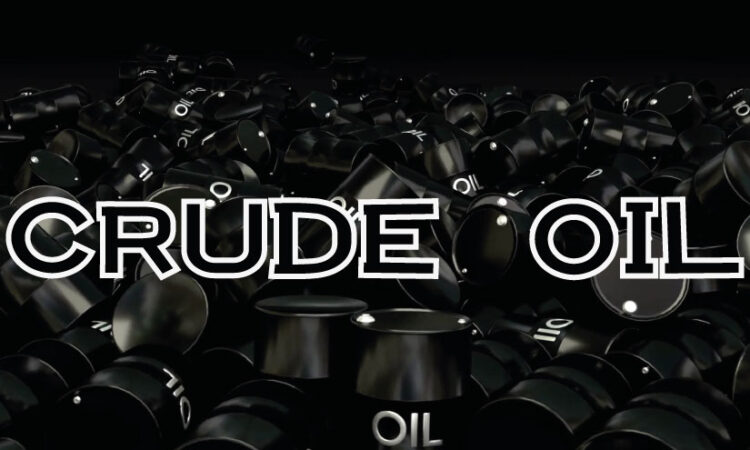
By Adedapo Adesanya
Crude oil prices were relatively stable after the European Central Bank (ECB) decided on Thursday to slow the pace of its interest rate hike, with Brent futures up by 9 cents or 0.12 per cent to $72.42 a barrel and the US West Texas Intermediate (WTI) down by 13 cents or 0.19 per cent to $68.47 per barrel.
This could barely scratch the surface as oil prices have dropped more than 9 per cent as demand concerns in major consuming countries weighed.
After starting the week weak, prices worsened as the US Federal Reserve raised interest rates by a quarter of a percentage point, pressuring oil prices as traders worried that slower economic growth could hit energy demand.
The US central bank has now raised rates ten consecutive times since March 2022, pushing its benchmark overnight interest rate to the 5.00 per cent – 5.25 per cent range.
On its part, the ECB eased the pace of its interest rate hikes and kept its options open on future moves as it fights stubbornly high euro zone inflation.
The 25 basis point increase to the ECB’s three policy rates was the smallest since it started lifting them last year.
The market will also be worried about concerns with the US economy and signs of weak manufacturing growth in the world’s largest oil importer China.
The market has seen some support from the US central bank signal that it may pause further interest rate increases to give the American government time to assess the fallout from recent bank failures and to gain clarity on the dispute over raising the US debt ceiling.
The Organisation of the Petroleum Exporting Countries (OPEC)and its allies, including Russia, a group known as OPEC+, started voluntary output cuts at the beginning of May.
Deputy Prime Minister Alexander Novak said on Thursday Russia was abiding by its voluntary pledge to cut oil output by 500,000 barrels per day from February until the end of the year.
Although US inventories and oil prices have a strong inverse relationship, with falling inventories pushing prices higher while rising inventories have the opposite effect, large inventory draws over the past couple of weeks have failed to prevent significant price falls.
This week, the Energy Information Administration (EIA) reported yet another weekly inventory draw on crude oil inventories.
The EIA estimated inventories had shed 1.3 million barrels in the period, which compares with a draw of 5.1 million barrels for the previous week.





